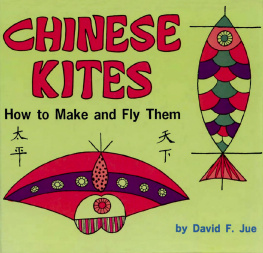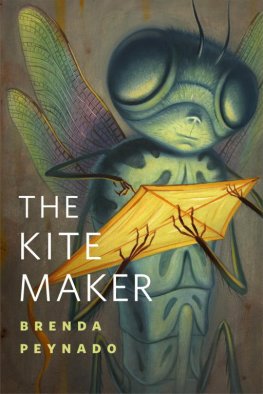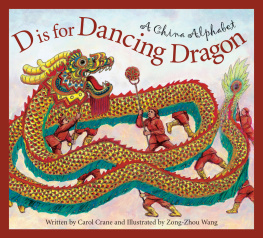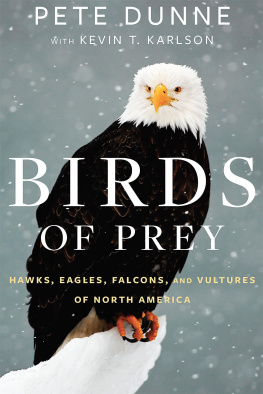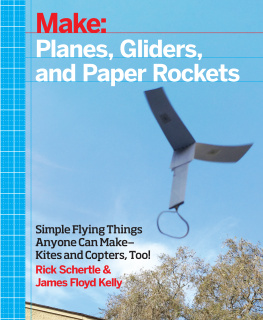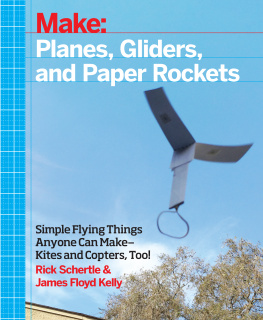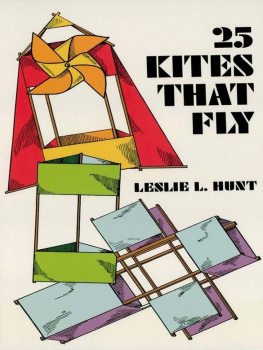The History of Kites
Kites were in use in China long before the beginnings of written history. Bamboo for frames was native to the land. Silk has been produced in China since stone-age times, as long ago as 2600 B.C. With bamboo available for frames and silk for the coverings and the flying lines, the art of kite-making arose as an amusement and as an adjunct of the primitive religions. By the beginning of historical times, kites were already widely used from Korea to Southeast Asia.
According to a Chinese legend, the Chinese people of the Han dynasty were saved from being conquered by a barbarian army through ingenious use of a kite. A certain Huan Theng, a great scholar and advisor to the emperor, was called upon for a plan to defeat or rout the superior forces of the invader.
Huan Theng put his clever mind to work. The palace walls were vulnerable only from one side, so the enemy forces were deployed only in one direction from the palace. As Huan Theng stood on the ramparts, surveying the scene and pondering the problem, his hat was lifted off by the strong, steady wind and sailed away across the fields. In Huan Theng's quick mind, the problem was solved. He advised the emperor to cause a number of kites to be made. Huang Theng busied himself making a number of special sounding devices. He trimmed a piece of bamboo very, very thin, and tied each end to a bow-shaped twig and attached it to the top of the kite.
In the darkest, eeriest time of the night, the kites were lofted above the positions of the enemy. The wind vibrating the sounding 'devices produced sounds like low moans and high-pitched wails.' Spies sent into the enemy lines spread the word that the gods were warning them that they would be destroyed. The enemy fled in terror.

Huang Theng may well have used paper to cover his kites. The origin of paper in China has been traced back at least as far as 200 B.C., when the Han dynasty was young. When paper became commonplace, the cheaper material put kite-making into the reach of all. The kite, probably first a jealously guarded stratagem of the primitive priest-magician and then the expensive toy of the wealthy, became a folk art of the people and as such survives today.
Widespread kite-making among the people insured the transmission of the art from generation to generation. Time and again the people found protection in the use of kites. About A.D. 500, Emperor Liang Moo used kites as signals to rally his soldiers in time of danger. A large army could not be kept constantly at the palace. They were allowed to disperse to work their farms. When danger threatened, kites were flown from high points across the countryside as a signal to assemble at the palace. Once when the enemy had closed in quickly and surrounded the palace, the emperor directed his commander, Gan Mon, to loft the kites. In response, kites arose from point after point across the land. The army assembled at a distance and attacked the enemy from the rear, routing them utterly.
Kites have also been used for individual or family protection, Using a sounding device similar to that of Huan Theng, or a sort of flute made from perforated reed or bamboo, kites were lofted over the house throughout the night to frighten away thieves and bandits. The more superstitious continue this practice to protect the house from the evil spirits of the night.

Fishing with Kites
People go fishing in china, just as they do here. Those who can afford it have boats; others just sit on the banks of the river or lake. On a breezy day, you may see kites flying above the water with a long string tied to the tail. At the end of this string, a hook with the bait is submerged under the water. When a fish bites, the fisherman pulls the kite in. This sight is very common around lakes and rivers.

Firecracker Scarecrows
On remotely placed farms where numerous birds to invade the crops, farmers often have their children fly kites with firecrackers tied to the tails. Slow burning incense attached to the fuses sets off the firecrackers at intervals, scaring the birds away.

Centipede Kite
One of the largest kites made in China is the centipede kite. The Chinese word for the centipede also means "One Hundred Legs." This kite ranges in size from a few feet to fifty feet and longer. The centipede's body is made of ring-shaped bamboo frames covered with colored paper and strung together, a foot or more apart, one after another. Bamboo sticks cross the upper third of the frames, and protrude six inches beyond the edges. On both ends of each stick streamers of colored paper represent legs. Four strings run the length of the centipede's body, one attached to the protruding stick on each side and one along top and bottom, hold all the circles together. When this kite is in the air, the individual parts wiggle in the breeze, making the centipede seem alive. The head is five or six times larger than the body frames. As the frames near the tail, they grow smaller. The end frame is sometimes only about the size of a silver dollar coin. It is necessary to have heavy twine and, in the case of a very large centipede kite, a team of men to control its flight. The flight of a huge centipede kite in the sky is indeed a spectacular sight!


The Festival of Ascending on High
The Chinese meteorologists discovered long ago that easterly winds usually prevail during the first part of September, creating a more ideal weather for kite-flying than at any other time of the year. So the period from the first to the ninth of September was established as The Festival of Ascending on High. After school, students fly kites of all shapes and designs. On the ninth day of the festival, the schools declare a holiday so that all of the pupils can fly their kites to their hearts' content. At the end of the day, when one is finished flying his kite, one lets the kite go, string and all. All of the evil, bad luck, and sickness are carried away with the kite. Custom requires that whoever finds the kite after it has fallen to the ground must burn it, just as we burn Christmas trees after Christmas.
Kite Fights
Kite fighting is very popular in China and is the most exciting sport of the kite-flying season. Each participant puts special care into the design and construction of his kite to obtain the utmost stability and maneuverability. He coats about a hundred feet of the flying line, nearest the kite, with glue and applies powdered glass or sand. This provides an abrasive surface which he will use to attempt to saw through the flying line of his adversary. It is also a defense against his line being sawed by his opponent.

